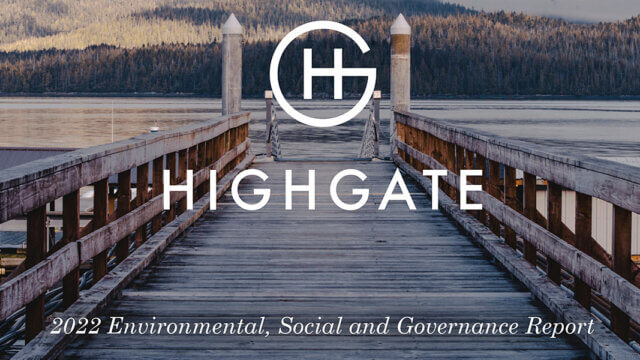NATIONAL REPORT—Architecture and design firm Leo A. Daly has produced a white paper, “The New Guest Journey,” which reimagines the hotel stay during COVID-19 and beyond. It offers suggestions on how architects and designers can reconfigure existing hotels in the new age of enhanced health and wellness, as well as creating spaces the post-pandemic hotel will utilize going forward.
“What I was reading was all about the operation of the hotel [during the pandemic], and how an operator is going to reopen, how they’re going to keep their employees safe and how they’re going to clean,” said co-author Mark Pratt, VP/global hospitality practice leader. “We looked at this in a different sense. We looked at it from a design perspective, and how we can be involved in the transformation of a guest experience through design. We looked at it not from an operations perspective because we’re not operators of hotels. We get involved in understanding how they operate, but it was more about how we can really be a force in making a change through design. So that was the task at hand and what that journey looks like.”
The journey begins when the guest pulls up to the valet, which Ryan D. Martin, co-author and VP/director of design, said has been handled a couple of different ways during the pandemic. “There’s some hotels that are putting on protective coatings over the steering wheels of cars and the seats when they take them from you at the valet,” he said. “But, there’s still some folks that are all wearing masks and they’ve got plexiglass at the valet stand. As you hand off the keys, they’re wearing gloves and they give you a piece of paper. I think there’s still just a few misses here and there, but it’s based on level of comfort.”
Once the guest walks through the front door, Martin noted that there are things that are seen and unseen. “There may be behind-the-scenes scanning devices, whether they are biometric or thermal, and then there are feedback platforms that happen in and around that, so if a camera notices you have some sort of physical or visual attributes, such a showing up on a thermal scan with high temperature, hotel staff can move you off to the side and a personal attendant could come and make you aware of that rather than tackle you.”
Barring any issues, the guest will move into the lobby and public spaces. “We’ve seen hotels do a good job of creating a physical barrier between guests in case someone doesn’t have a mask or doesn’t have the same high level of sensitivity,” noted Martin. “But I’ve also seen hotel staff handing out a small bag of hand-sanitizer spray and wipes as a sort of a welcoming gift.”
He added, “They’ve also got branded ‘X marks the spot’ on six feet throughout the property. I think when you brand those things and you don’t just put a piece of blue tape on the ground, then that is a maturation of that thinking. If you don’t have that space then you make other reasonable accommodations by moving furniture and other things.”
Since there may be guests who show a high temperature that might not be caused by COVID-19, Martin suggested “a holding or waiting lounge. We’re thinking about a health concierge that can take you aside, go through a deeper level of screening, understand where you’re coming from and where you’ve been, or if you’ve been in contact with someone. It gives that deeper level of screening before they release you into the main public areas of the hotel.”
The white paper also discusses health and safety of back-of-house areas, as well as the fact that guests can go in and out of the hotel for things like excursions, meetings and events, visiting other properties or just going to a local restaurant.
“We’ve teamed with Turner Construction on the WorkWell module,” said Pratt. “This is a screening module that could easily go back into a loading area of the hotel to help screen the people coming in and out of the hotel. It can be walked through and then point to a specific direction once the thermal scan is done.”
Changes to guestrooms, including ways to improve air quality, is also featured in the white paper. “We got together with our engineering group and discussed how we could change the hotel to create negative and positive air pressures within guestrooms to keep them safe,” noted Pratt. “We not only talked to them, but we talked to our healthcare group and our biocontainment specialists out of our Omaha (NE) office, which gave us the information that we shared in the white paper.”
Another idea the company brought up was creating a guestroom with two separate chambers.
“You have a sleeping chamber and you have an arrival chamber, and the arrival chamber can be closed off from the sleeping chamber,” said Pratt. “So, if you have housekeeping coming in to just do your bathroom and you really don’t want them in your guestroom, but you want them to clean the bathroom area, drop off towels, etc., they can do that in an area without even getting into your sleeping area and touching your sheets and pillows and things of that nature. That can be done simply by a sliding door, a barn door or installation of doors as you look at renovating your hotel.”


